The Jabot Festival, the Budapest Spring Festival’s invitation to indulge in musical time travel, will once more be held in splendid concert venues in Budapest’s Palace District. This time, the focus is on musicians far removed from their tsarist and imperial homelands, in a series of concerts of early music, spanning four evenings and featuring the best of the Hungarian scene, as well as foreign guest performers.
“The instruments, the musicians specialized in playing them, and the precision in executing the stylistic requirements: all this is worth nothing if it is merely an end in itself, rather than an (albeit invaluable) aid to regain the music’s fervour and vitality.”
This is how Nikolaus Harnoncourt, one of the cultural heroes of the movement, described the practice of historically informed performance a few decades ago, which, though it may seem paradoxical at first, is actually clear and obvious. Those dedicated to early music claim for themselves this rejuvenated or even reinvented interpretation of the mediating role, ceaselessly struggling with multiple challenges represented by the performance, of works so distant from their own time and milieu as, for example, works and oeuvres inherited from, or in the spirit of the courts of monarchs and rulers, which were microcosms suited for the showy consumption of cultural goods.
This year’s Jabot Festival, which makes the crucial second step towards creating a tradition, now presents us with many such examples and tough nuts to crack, once more delighting audiences with a selection of the crème of the local and international early music scene. Already, the chosen name of the main group to perform in the first concerts – the Hof-Musici Baroque Ensemble – refers to court musicians. At the programme’s centre of this truly “hardcore” early music group, founded in Prague in 1991, is the performance of 17th and 18th century operas and oratorios, and of course, purely instrumental works as well, composed within the territory of the Habsburg Empire. This ensemble, quite at home even in the marvellous baroque historical theatre in Český Krumlov, will perform the 1680 oratorio, Santa Cecilia, by Antonio Draghi, who spent the second half of his life in Vienna in the service of Emperor Leopold I.
The following day, Borbála Dobozy, along with the Ábrahám Consort and their collaborating partners, will present works by Bohemian composers in the Mirror Hall of the Festetics Palace. This programme also features a musical talent from the Hofburg in Vienna, for the works in the first half of the concert are by Josef Antonín Štěpán – otherwise known as Josef Anton Steffan, or Giuseppe Antonio Steffani – who, as the music master for the imperial family, was piano teacher to the child Marie Antoinette, among other young archdukes and archduchesses. This concert, dominated by Borbála Dobozy’s unwaveringly impeccable feel for harpsichord performance style, promises compositions by two other Bohemian masters: Jan Dismas Zelenka, and the same Georg Anton Benda about whose harpsichord sonatas Dobozy wrote her doctoral thesis in 2012.
The Jabot Festival’s third and fourth performance evenings steer towards Russia. The main guest at the concert titled, From Moscow to the Museum, is the pioneer and enduring star of Russian early music: harpsichordist and fortepianist Alexei Lubimov. As well as compositions by Haydn and Mozart, the Bohemian trend will be represented in the Concerto for Two Pianos by Dussek – also known as Duschek, or Düssek. In addition, the programme gives another Russian early music performer the main role alongside the Aura Musicale (led by Balázs Máté, the favourite cellist of Jordi Savall and other early music stars): Lubimov’s pupil, Olga Pashchenko, who has won many competitions as a harpsichordist, fortepianist, and pianist.
Finally, the Concerto Armonico, founded in 1983, and thus one of the longest existing Hungarian early music ensembles, will play works from two composers who served under the tsars in the second half of the 18th century. They are Vincenzo Manfredini, who worked as court conductor under Peter III and Catherine II, and later taught harpsichord to Paul I, and Domenico Cimarosa, Catherine the Great’s imported Italian maestro. Alongside their harpsichord concerti, another important master of the 18th century will be featured. This is none other than Johann Adolph Hasse, without whose majestic opere serie, the performance of opera in court would have been practically inconceivable anywhere in Europe, when only Italian castrati and orchestra leaders, or perhaps Bohemian instrumentalists were recruited by monarchs, from Vienna to St. Petersburg, to glorify and entertain them.
From the Pilvax to the Magnates’ Quarter
During the years of socialism, before the 1989 change in regime, there were few true coffeehouses in Budapest; there were instead cheap cafés, restaurants, and liquor stores. However, the name of one coffeehouse was familiar to any Hungarian even then, for it was taught in school: this was the Pilvax, from where the poet Sándor Petőfi set out to the Palace Quarter, thus triggering the Revolution of 1848. True, in the first half of the 19th century, this name was not yet used for the area behind the National Museum, for it was not densely populated until later; but the National Theatre, the Museum, and then the House of Representatives, formerly situated in the building which today houses the Italian Institute, lent a sparkle to what had, until then, been a rather rustic area of town. The richest families, wherever their estates were in the country, thought it important to maintain a luxurious palace in the cultural-political centre. Then, in the second half of the 19th century, beautiful villas surrounded by gardens were built for the enjoyment of the Festetics, Károlyi, Esterházy, Bánffy, and many other families. This was the Magnates’ Quarter, as contemporaries referred to it. In those days, the coffeehouses were on the streets bordering this quarter, particularly along the inner and outer Rings. At one time, there was even a café in the centre of Kálvin Square. Then, at the turn of the millennium, when this type of establishment was being revived, this area of downtown, a bit removed but still central, was rediscovered and was overtaken by cafés. Today, Petőfi and his supporters would not have to walk nearly as far to get from a café to the Museum.
Author: Ferenc László
This article was first published in the BSF Magazine.
April 5 | 7.30 pm
Festetics Palace – Mirror Hall
Hof-Musici Baroque Ensemble
Performed by: Kamila Zbořilová, Eva Benett, Monika Jägerová, Tomáš Kočan, Ivo Michl
The members of the ensemble: Jiřina Dvořáková Marešová – positive organ, Dalibor Pimek – Baroque violoncello, Marek Kubát – theorbo, Baroque guitar, Ondřej Macek – harpsichord
Artistic director: Ondřej Macek
April 6 | 7.30 pm
Festetics Palace – Mirror Hall
Borbála Dobozy’s Harpsichord Recital
Featuring: Ingrid Kertesi – voice, György Schweigert – double bass, László Hadady, Ilona Csizmadia – oboe, Bálint Mohai – bassoon, Ábrahám Consort (artistic director: Márta Ábrahám)
April 7 | 7.30 pm
Hungarian National Museum – Ceremonial Hall
From Moscow to the Museum
Featuring: Tatjana Zimre – oboe, László Feriencsik – bassoon, Péter Szűts – violin, Balázs Máté – cello, Alexei Lubimov, Olga Pashchenko – piano, Aura Musicale
Leader: Péter Szűts
Artistic director: Balázs Máté
April 8 | 7.30 pm
Hungarian National Museum – Ceremonial Hall
Tales of St Petersburg with the Concerto Armonico
Artistic director, narrator: Miklós Spányi
Leader: Gábor Homoki

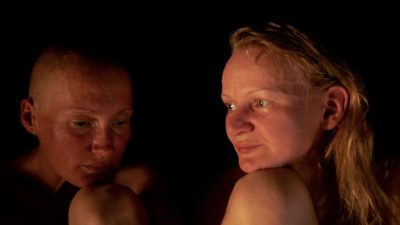
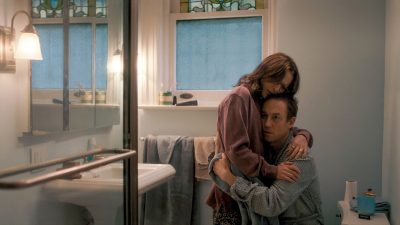
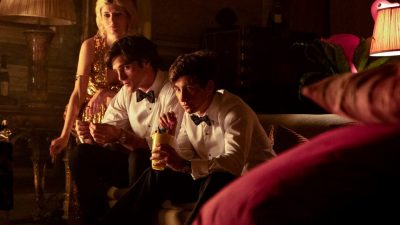
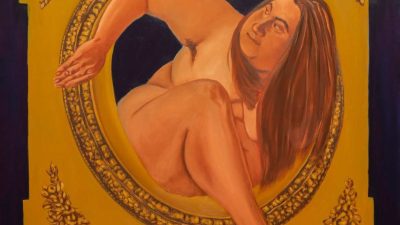
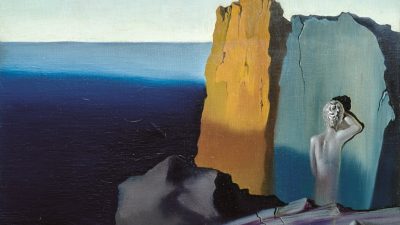
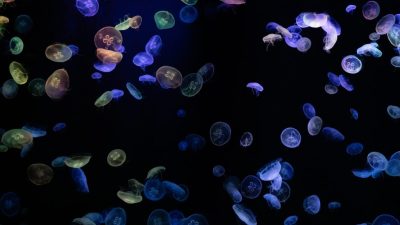


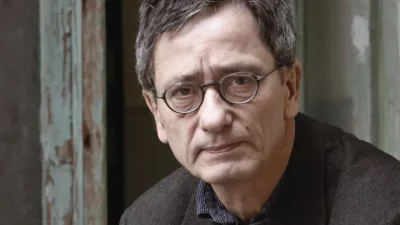



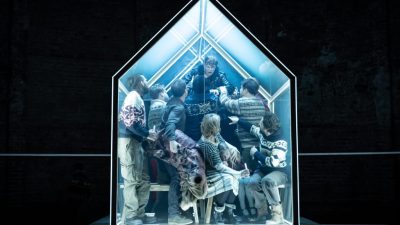






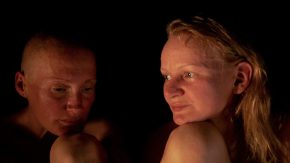
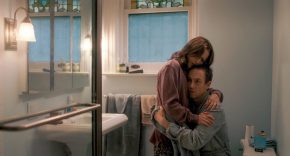

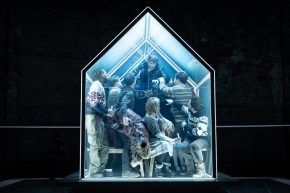


Comments